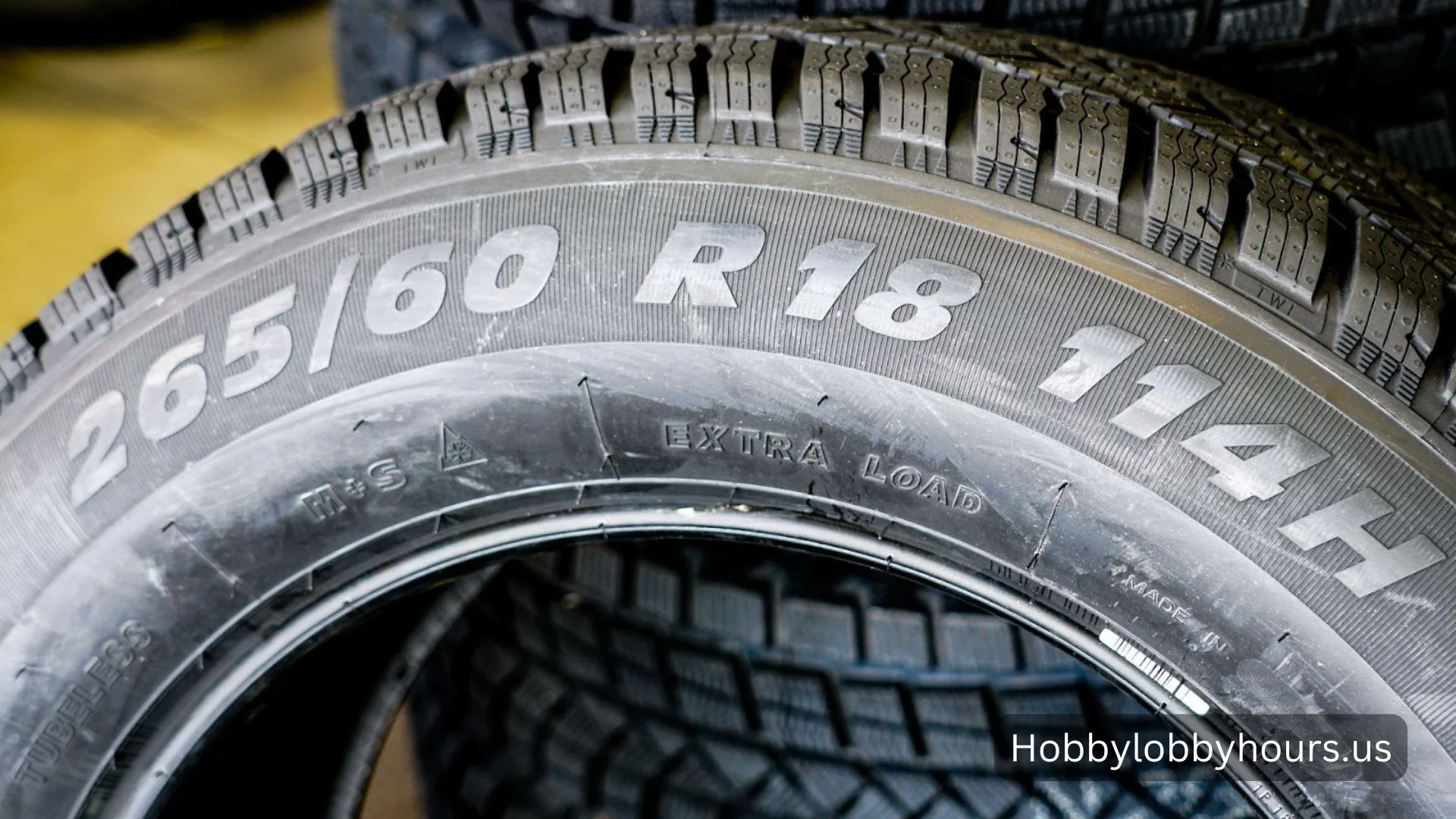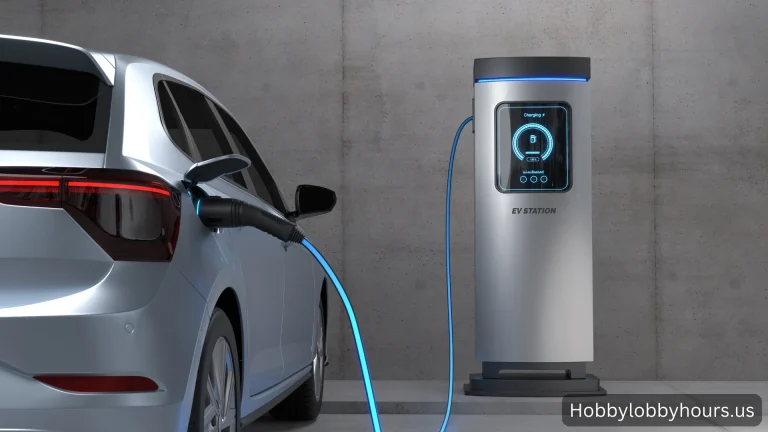5 Signs It’s Time to Replace Your Tires
Your tires are critical for safety, performance, and fuel efficiency, but they don’t last forever. Look for signs like uneven tread wear, cracks, bulges, vibrations, or age to determine if it’s time for a replacement. Don’t wait until it’s too late – upgrading your tires secures peace of mind and better handling. Regularly checking your tires can help you avoid costly repairs and keep you safe on the road.
Your vehicle’s tires are its only point of contact with the road, making them one of the most critical components for safety and performance. Over time, however, tires wear down, sustain damage, or simply age out of usability. Driving on compromised tires not only reduces fuel efficiency but also increases the risk of accidents.
Recognizing the signs that it’s time to replace your tires can save you from costly repairs, improve handling, and allow a smoother driving experience. For those in colder climates, upgrading to winter tires during the winter tire sale can further enhance safety. In this guide, we’ll explore the top five signs that indicate it’s time to invest in new tires.
Sign #1: Uneven Tread Wear
One of the most common signs that it’s time to replace your tires is uneven tread wear. Tread wear refers to the gradual erosion of the tire’s surface as it makes contact with the road. Over time, factors like improper inflation, misalignment, or aggressive driving can cause certain areas of the tire to wear down faster than others.
How to Identify Uneven Tread Wear
- Visual Inspection. Look for bald spots, flat areas, or excessive wear on one side of the tire.
- Penny Test. Insert a penny into the tread groove with Lincoln’s head upside down. If you can see the top of his head, the tread is too low (below 2/32 inch), and the tire needs replacement.
Why It Matters
Uneven tread wear compromises your vehicle’s handling, braking performance, and ability to grip the road, especially in wet or icy conditions. Driving on such tires increases the risk of hydroplaning and reduces overall safety.
If you notice significant uneven wear, it’s a clear indication that your tires need replacing. Regular maintenance, such as proper inflation and alignment, can help extend tire life, but once the damage is done, replacement is the only solution.
Sign #2: Visible Cracks or Bulges
Visible cracks or bulges on your tires are clear warning signs that they need immediate attention. These issues often arise due to aging, exposure to harsh weather conditions, or structural damage caused by impacts like potholes or curbs.
What Are Cracks and Bulges?
- Cracks. Small or large fissures that appear on the tire’s sidewall or tread. They indicate that the rubber is drying out and losing its flexibility, making the tire more prone to failure.
- Bulges. Raised areas on the tire’s surface, typically caused by internal damage to the casing. A bulge suggests that the internal structure of the tire has weakened, increasing the risk of a blowout.
How to Inspect for Cracks or Bulges
- Visual Check. Run your hand along the sidewall and tread to feel for irregularities. Look for any visible splits, grooves, or raised spots.
- Pay Attention to Age. Tires older than six years are more likely to develop cracks, even if they haven’t been driven extensively.
Why It Matters
Cracks compromise the tire’s structural integrity, making it unsafe for driving, especially at high speeds or in extreme temperatures. Similarly, bulges indicate internal damage that can lead to sudden blowouts, putting you and other drivers at risk.
Also check: Exact Fuel-to-Oil Ratio
Sign #3: Excessive Vibrations While Driving
If you notice excessive vibrations while driving, especially at higher speeds, it could be a sign that your tires are no longer performing as they should. Vibrations often stem from issues like uneven tread wear, misalignment, or even tire imbalance—but in some cases, they indicate that your tires are beyond their usable lifespan.
What Causes Vibrations?
- Tire Imbalance. Uneven weight distribution in the tire can cause shaking, particularly in the steering wheel.
- Worn-Out Tires. As tires lose tread depth and structural integrity, they struggle to maintain consistent contact with the road, leading to vibrations.
- Suspension Issues. While not always tire-related, suspension problems can amplify vibrations caused by worn-out tires.
How to Identify the Source of Vibrations
- Test Drive. Pay attention to when the vibrations occur—whether during acceleration, braking, or at specific speeds.
- Professional Inspection. Visit a mechanic to rule out suspension or alignment issues. If the tires are the culprit, replacement is the only solution.
Why It Matters
Excessive vibrations compromise your vehicle’s handling and stability, making it harder to control the car, especially in emergencies. Ignoring this issue can lead to further damage to your vehicle’s suspension system or even accidents.
Sign #4: Tires Are Over 6 Years Old
Even if your tires appear to have sufficient tread depth and no visible damage, their age alone can make them unsafe. Tires naturally degrade over time due to exposure to heat, sunlight, and environmental factors, regardless of how often they’ve been used.
In Canada, all new tires sold must meet the safety standards set under the Motor Vehicle Tire Safety Regulations, administered by Transport Canada. However, these standards apply to new tires, and as tires age, their ability to meet these safety benchmarks diminishes significantly.
How to Check the Age of Your Tires
Every tire has a DOT (Department of Transportation) code printed on its sidewall. The last four digits of this code indicate the manufacturing date:
- The first two digits represent the week, and the last two digits represent the year.
- For example, “2120” means the tire was manufactured in the 21st week of 2020.
If your tires are over six years old, it’s time to consider replacing them—even if they look fine. Aging tires are more prone to cracks, blowouts, and reduced performance, especially in extreme weather conditions.
Why It Matters
Over time, the rubber compounds in tires break down, losing flexibility and strength. This degradation increases the risk of sudden failures, such as blowouts, which can be dangerous at high speeds or during long trips.
Proactive Maintenance Tip
Regularly inspect your tires for signs of aging, such as small cracks on the sidewalls, and replace them before they become a hazard. Remember, safety should always come first—don’t wait for a problem to arise.
Sign #5: Frequent Flat Tires or Air Loss
If you’re constantly dealing with flat tires or notice that your tires are losing air pressure more frequently than usual, it’s a strong indication that they need to be replaced. While occasional flats can happen due to external factors like nails or sharp objects, persistent issues often point to underlying problems with the tire itself.
What Causes Frequent Flat Tires or Air Loss?
- Punctures. Small holes or cuts in the tire may allow air to escape over time.
- Worn-Out Tread. Older tires with reduced tread depth are more susceptible to punctures and leaks.
- Damaged Valve Stems. The valve stem, which allows air to enter the tire, can degrade or become loose, causing air loss.
- Bead Leaks. The edge of the tire (bead) that seals against the wheel rim can weaken, leading to slow air leaks.
How to Identify the Problem
- Visual Inspection. Look for visible punctures, cracks, or damage around the tire and valve stem.
- Soapy Water Test. Spray a mixture of soapy water on the tire and look for bubbles, which indicate air escaping.
- Pressure Monitoring. Use a tire pressure gauge to check if your tires are consistently underinflated despite regular refills.
Why It Matters
Driving on tires that frequently lose air not only inconveniences you but also compromises safety. Underinflated tires reduce fuel efficiency, increase braking distances, and make handling less responsive. Additionally, the constant strain from low pressure can lead to blowouts or further damage to the tire.
Conclusion: Stay Safe on the Road
Your tires are more than just a part of your vehicle—they’re essential for safety, performance, and peace of mind. Recognizing the signs that it’s time to replace your tires, such as uneven tread wear, visible cracks or bulges, excessive vibrations, aging, or frequent air loss, can prevent costly repairs and accidents.
When replacing your tires, take the time to choose the right ones for your driving conditions and vehicle specifications. Whether you opt for winter tires, all-season tires, or another type, prioritizing quality and proper maintenance confirms a smoother, safer driving experience.








